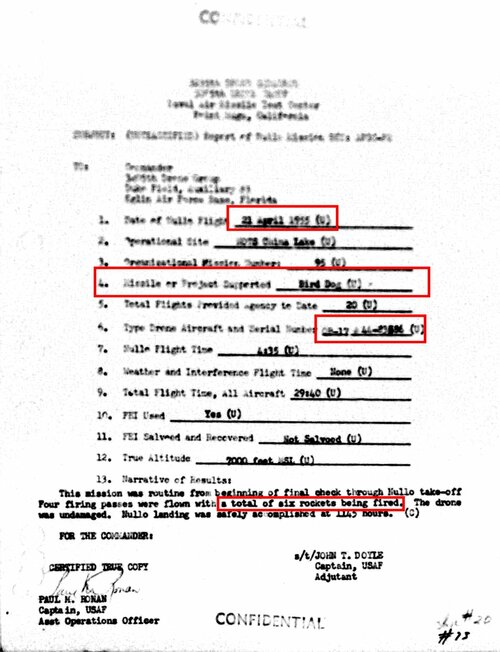Numerous test F-86E and F-86D were used in pylon-mounted firings of a similar nature (Mighty Mouse pods on F-86D as well as Falcon and Sidewinder on F-86D for example)
Er... If I'm not mistaken, basic F-86D never carried Sidewinders. The F-86F (a modified version of F-86D for export customers, armed with guns instead of rockets) have them, but they have hardpoints. There were some experimental attempt to fit GAR-1 Falcons onboard specifically modified pilon-equipped F-86D (serial 53-4061), but they never went out of testing stage.
The F-86Ls sent by MAP to Thailand carried AIM-9s, They had 4-pylon wings. I seem to recall that the Republic of Korea flew AIM-9 equipped D models.
The L was a D model upgraded to be compatible with SAGE, It also was fitted with the same wing as the F-86F-40 (6-3 Leading edge extension with slats, a 2 foot span increase, and 4 pylons.
All of the Day Fighter F-86s (A, E, F, H) had 8 zero-length launchers for 5" HVARS. As, Es, and early Fs had 2 pylons, usually carrying drop tanks, but wired for bombs. Ds had the same 2 pylon setup. Late model Fs ans the Hs had 4 pylon wings.
A number of various models were bailed to contractors for weapon development testing, and they were, of course, used for USAF testing at Eglin and Kirtland.
So, it's not impossible for a D model to be carrying some experimental weapon.

